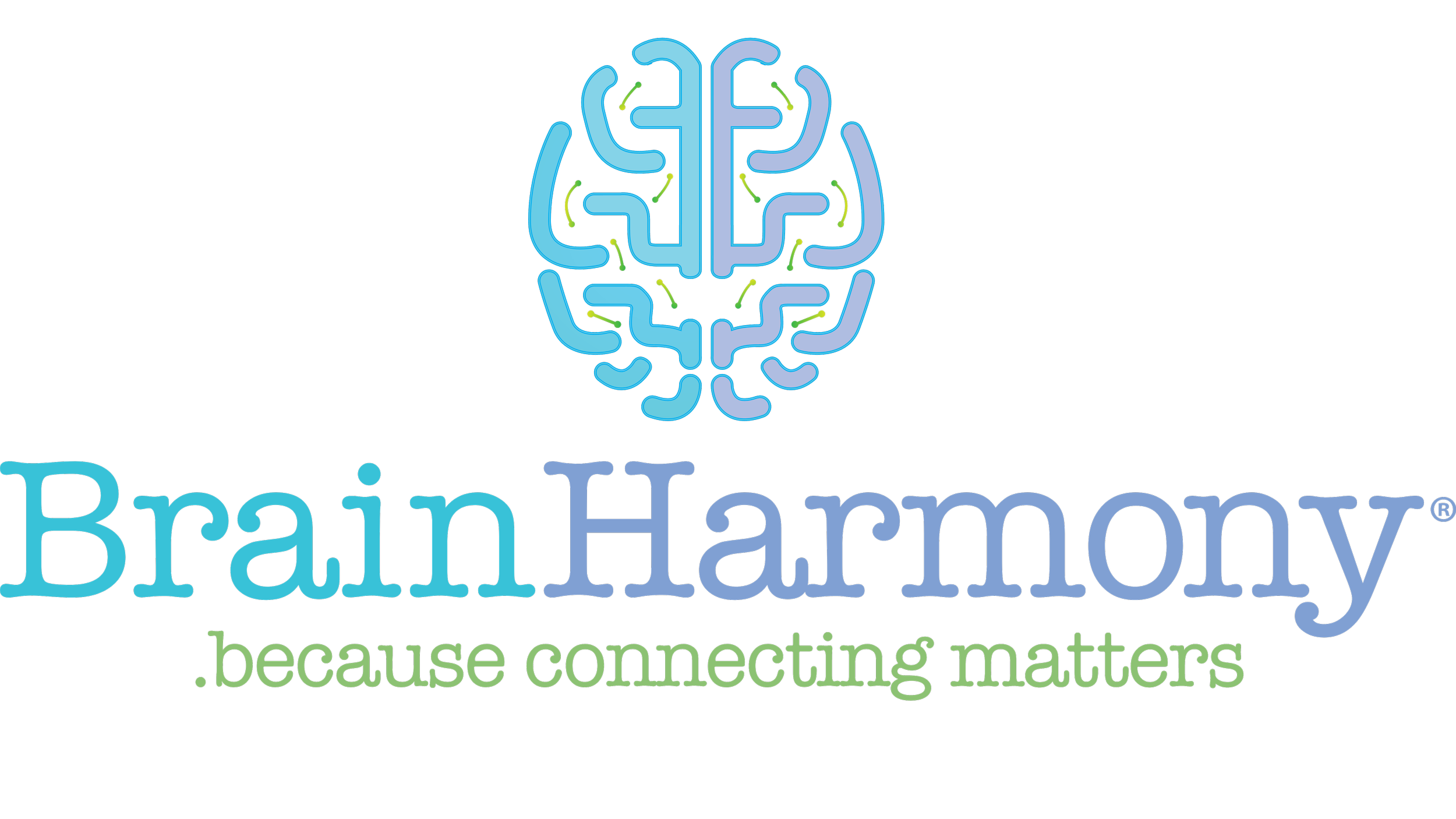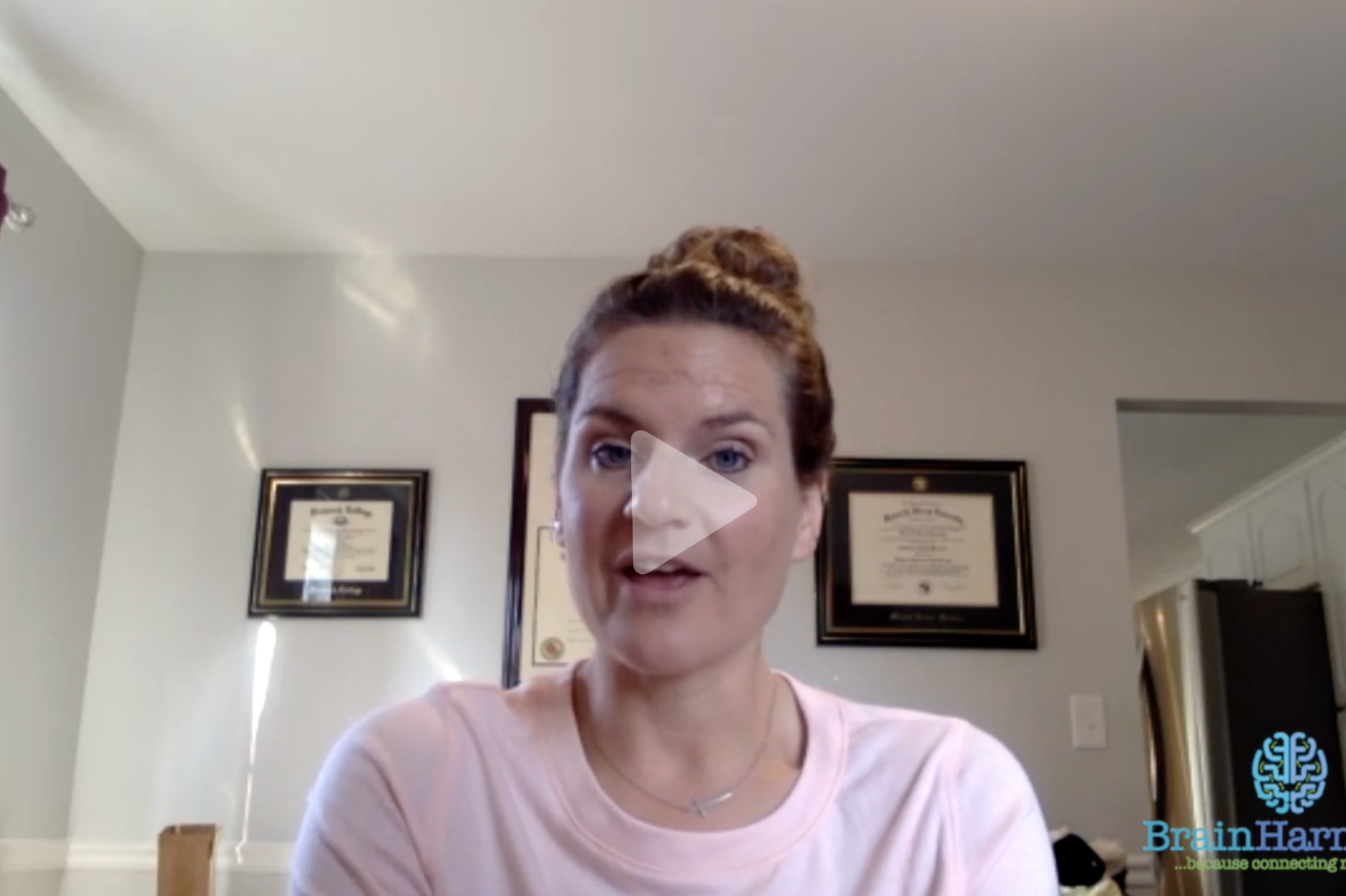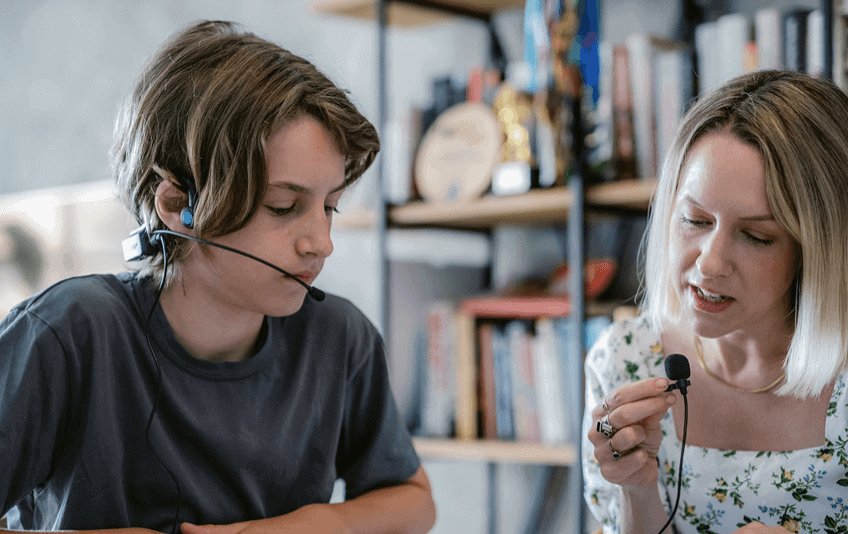What Is Neuroplasticity and How Does It Work?
Neuroplasticity can be defined as your brain's ability to adapt, grow, and change throughout your lifetime. Leveraging this innate skill of the brain, you can optimize learning, mood, cognition, and even habits, by creating and maintaining more organized synaptic connections.
Scientists have been exploring the human body for hundreds of years, yet neuroscience is still a very young area of research. Of all of the systems in our body, the nervous system seems to be the most complex and elusive.
There is still much that we have yet to learn about how the brain works, but one of the most exciting revelations that's gaining more attention today is the concept of neuroplasticity.
For hundreds of years, it was believed that once you reach adulthood, your brain is fully-formed and it would stay set-in-stone for the rest of your life, expected to lose function. Neuroplasticity explains that not only do our brains keep changing, but we actually have conscious control over how the brain changes as we age and have new experiences.
In this article, we'll explore what neuroplasticity is, how it works, and how you can leverage your brain's plasticity to make positive changes in your life.
What Is Neuroplasticity?
Neuroplasticity can be defined as the ability of your brain to reorganize its neural connections, structure, and functions in response to internal and external stimuli. In other words, neuroplasticity is your brain's ability to adapt to new information from your internal and external environment.
As mentioned, it was previously believed that once the brain structure was developed, it was set in stone for life. With the understanding of neuroplasticity, we now know that your brain is actually much more flexible than we once thought. This creates a huge advantage, as humans are continually evolving and experiencing new aspects of life, learning, and overall consciousness.
The ability of your brain to restructure itself means that automatic thought processes, tendencies, and even habits can be shifted when you provide your nervous system with the right stimuli. This is hugely transformational in areas such as trauma, but can make a significant difference in all areas of neurological development and growth.
How Does Neuroplasticity Work?
The nitty-gritty science of neuroplasticity is vastly complex and beyond the scope of this article, with many aspects still yet to be uncovered as to how all the processes are carried out.
That being said, there are some concrete understandings about how neuroplasticity works from a cellular level.
Here are the basics:
The various functions of your nervous system are carried out by cells called neurons. Neurons communicate through synapses between the cells, which are little spaces where chemicals called neurotransmitters are released. Neurotransmitters transfer signals from one neuron to the next, forming a synaptic pathway. The more a synaptic pathway is used, the stronger it will get.
Conversely, if you don't reinforce a synaptic pathway, it will prune away and dissolve. This is a process called synaptic pruning. Synaptic pruning is your brain's way of disposing of unnecessary or unused connections to help you use your brain most efficiently.
Therefore, new synaptic pathways are formed as you adapt to a new environment, absorb a new way of thinking, or learn new information. However, if you don't reinforce those pathways, they will become weaker and eventually dissolve away.
In neuroscience, there is a common phrase that says, "neurons that fire together, wire together." In other words, if you use a synaptic connection frequently enough (fire together), it will grow stronger (wire together), and that will become a dominant pathway in your brain.
Neuroplasticity provides a range of benefits for neurological function, including:
● Learning new things (creating new connections)
● Changing old habits (pruning away connections)
● Recovering from brain injury or stroke
● Improving cognitive function
While your brain's plasticity will slowly decline with age, the ability to learn new things and reorganize your neural connections is a lifelong process.
How To Enhance Neuroplasticity
Several lifestyle factors can contribute to enhanced neuroplasticity in the brain. These include:
Getting Enough Sleep
Getting enough sleep is vitally important to all functions in your body but has an especially significant impact on brain function. Research shows that REM sleep, in particular, is essential for the process of maintaining and pruning neural connections (synaptic pathways).
While you sleep, your neurons strengthen newly formed connections that were recently structured from new learnings. In this way, REM also plays a crucial role in memory consolidation.
Staying Physically Active
Physical exercise is known to play an important role in cognitive health, especially when it comes to memory and learning processes.
Much like sleep, exercise is a critical aspect of the overall picture of physical and mental health. When you engage in physical movement, it upregulates a protein called brain-derived neurotrophic factor (BDNF). BDNF is known to play a role in neuroplasticity, enhancing the production of new synaptic pathways for learning and memory.
Studies show that high-intensity interval training is one of the best types of exercise to increase BDNF, but if you're not up for an intense HIIT workout, any type of aerobic exercise will do the trick.
Constantly Learning New Things
Research into aging populations shows that one of the best ways to ward off cognitive decline is to keep your brain engaged. In this way, it's a "use it or lose it" phenomenon.
Young or old, when you learn something new, you allow your brain to create new synaptic connections. By continuously feeding your brain new information, you keep your plasticity muscle working, which allows you to keep the creation and pruning process alive.
Continuous learning can take many forms, and doesn't necessarily have to be scholastic. For instance, learning a new skill like playing an instrument or learning how to cook will certainly do the job. The key is to provide your brain with information that it hasn't encountered before so that it can go to work to create new connections.
Brain Harmony, Neuroplasticity, and Neurological Organization
At Brain Harmony, we leverage the science of neuroplasticity to create beneficial changes in a wide range of cognitive and neurological conditions. We've worked with autism, dyslexia, anxiety, depression, learning disabilities, and more, to create lasting changes in the neural architecture of the brain – what we like to call "neurological organization."
Our process includes five phases, beginning with neurological calm, to set the stage for deeper changes. Many of the people that come to Brain Harmony are stuck in a state of "fight or flight," or sympathetic activation. This is an ancient activation of the nervous system that kept our ancestors safe from predators in the wild. While sympathetic activation was crucial for the survival of our species, today, many people are stuck in this mode due to the less life-threatening stressors that we deal with, such as finances, work, hectic schedules, and interpersonal relationships.
By creating an internal environment of calm, we begin to set the stage for further neural reprogramming, resulting in more organized synaptic connections. One of the most beneficial tools we've found for creating a sense of calm is the ils Focus System, and for some, the Safe and Sound Protocol (SSP), both of which are the cornerstones of our listening programs.
We then move on to the heavy lifting of neurological organization, with our programs in the iLs Focus Unit and Brain Harmony Lesson Plans. The reason our program has better outcomes than anything else available, is because you are paired with a licensed therapist who coaches you through the foundations of the nervous system organization, with lessons on reflex integration, cognitive activities, balance training, and structured physical movement. When the best manual protocols from the clinic setting are paired with progressive listening programs in the home, nothing compars to the speed and efficiency that this progression produces. This multi-sensory input develops new neural pathways that govern the organization of your brain and body.
At the end of our program, our friends feel more calm, confident, capable, organized, and motivated than ever before – all thanks to the science of neuroplasticity.
Testimonials
Grant's Brain Harmony Success Story
Grant struggled with ADD, focus, nervousness, and anxiety for most of his life - preventing him from enjoying life to the fullest and performing at his peak potential at school. After working with Brain Harmony, Grant has achieved AB Honor Roll, has become more affectionate, and has tapped into his new found love for creative writing.
"Anxiety wise - before, I'd just get panic attacks just thinking about the future and how it's going to affect me. But now I've just been thinking about now." - Grant
"You have absolutely nothing to lose. No matter where you're at mentally, you have room to improve always. And it can be life-changing if you'll just give it a shot." - Grant's Mom
Micah's Brain Harmony Success Story
Micah was developing normally until 15 months of age, and he began to regress. Diagnosed with Autism at 2 and a half years old, Micah suffered from sensory issues, was primarily nonverbal, and had severe trouble engaging with his family and surroundings. After only a few months of Brain Harmony therapy, Micah began to make eye contact and engage with his family. He has become a happy, vibrant, and engaged child. He shows affection, his sensory sensitivities have reduced, and he has made great progress in school and speech. His family is thrilled with his progress and they can't wait to see what comes next!
"The two things I would say is that he is just more engaged and he's just happy, he's smiling. He's just happy to be with us, and I think he's happier with life. Honestly for two years we rarely saw him smile, and he has a wonderful dimple so when he smiles the whole world melts and we're like, oh my gosh we're seeing him smiling now, and we never saw that before. And of course as a mom all you want for your kid is to be happy, so to see him just happy, to just be alive, it's just really cool, and I'm just super pleased with that."
This Week’s Favorite
We are often asked about therapies, tools, services, and other support items to help families find their best neurological health. School-age children are constantly learning new things, be it words, formulas, or concepts, across a breadth of subjects. But did you know the voice plays a pivotal role in their learning ability? Good command of the voice can strengthen foundational life skills such as communication, reading, memory, and sociability. And thanks to brain plasticity, children can always learn new skills or build upon existing ones.
This patented learning device, Forbrain, gives children from Pre-K to high school a helping hand so they learn faster and more effectively. The device is an excellent complement to regular learning activities both in the classroom and for homework. The difference is, they can now harness the power of voice to boost their brain.
Takeaway
As we continue to learn about the amazing ways in which our brains function, our ability to improve our lives grows exponentially. Neuroplasticity gives us an amazing tool to organize and structure our brains for more productive thinking, learning, and being.
If you've been struggling in any area of life, restructuring and organizing your neural connections may be the answer to feeling and performing your best. For more information about how Brain Harmony may be able to help you, reach out today for a Free Consultation.






